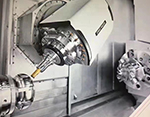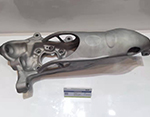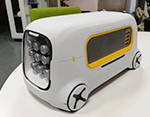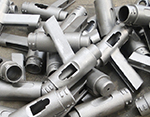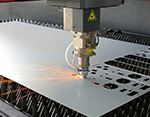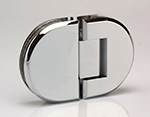-
Service
+
- CNC Precision Machining Service +
- Multi-Axis Simultaneous Machining Service +
- CNC Turning Service +
- Metal 3D Printing Service +
- Rapid Prototyping Service +
- Die Casting Service +
- Sheet Metal Fabrication Service +
-
Finish Serivces
+
- Polishing
- Grinding
- Brushed Finish
- Sand blasting
- Painting
- Powder Painting
- Anodizing
- Hard anodizing Service
- Passivation
- Zinc Plating
- Nickel Plating
- Chrome Plating
- Blackening
- Black Zinc Plating
- Teflon Coating
- Titanium Coating
- DLC Coating
- Laser Marking
- Silk Screen Printing
- Transfer Printing
- Micro Arc Oxidation
- Industries +
- About Us +
- Resource +
- Contact Us
- Quote

-
Service
-
>
-
>
-
>
-
>
-
>
-
>
-
>
-
>
-
- Industries
- About Us
- Resource
- Contact Us
Aluminium Machining Near Me
Due to its lighter material weight, lower material hardness, and greater formability, aluminum is ideal for use in machining and other manufacturing operations.Machining is a subtractive manufacturing process, meaning it removes material from a workpiece to create the desired part or product. It is highly versatile, accommodating a wide range of metal and non-metal substrates. One of the most common materials used in machining operations is aluminum.
Aluminum offers excellent machinability, durability, low weight, and low cost for a variety of parts in a variety of industries. Very few substances can match the incredible versatility of aluminum. Aluminum is highly machinable and relatively inexpensive, making it perfect for CNC machining. Manufacturers can machine it three or even four times faster than other common machining materials such as steel and titanium.
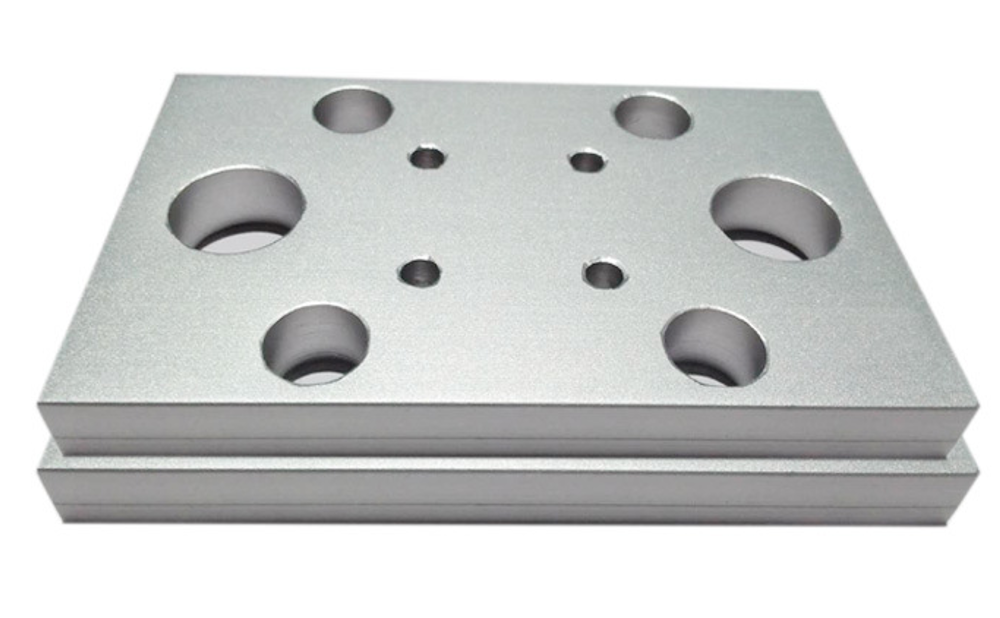
Different Kinds of Aluminum
Not all aluminum grades have the same machinability. A key here is to understand what you’re working with.
Here’s a list of some common types of aluminum and some notes on machinability:
Aluminium 2011
This is pretty well the most machinable out of all the aluminum grades. The corrosion resistance is terrible, so it usually needs to be anodized, but seriously you won’t find an easier material to work with.
Aluminium 2024
This has a great strength to weight ratio, so you’ll see it in applications where it’s under tension.
It machines great, but there is one thing you need to watch for: It can chip at the end of heavy cuts with the tool breaks out. An example of a possible problem area is when doing full-diameter slotting. You might need to adjust your toolpaths to soften the exits to prevent this.
Another thing to watch for is corrosion. The corrosion of 2024 is actually really poor, so be careful about leaving it in thin coolant or parts tumblers. No point in having a great finish if it’s all corroded.
Overall, though, this is great stuff to work with.
Aluminium 5052
This is really soft stuff, and it’s usually used for forming applications. Normally you’ll get this in sheet form. You might also find it in marine applications, since it’s got excellent corrosion resistance. It’s not horrible, but you do need to watch out for gumminess. It can clog a tool quickly.
Make sure your tools are razor sharp for this stuff and you have great lubrication, or your surface finish will be galled and you’ll risk blowing up your tool. Keep your tool sharp and you’ll have no problem getting a bright mirror finish.
Aluminium 6061
It’s great stuff to cut. It’s probably the hands-down most common stuff you’ll find in a machine shop. You should still be careful with exiting the material on very heavy cuts; there’s a bit of a risk of chipping.
The harder this material is, the easier it is to machine. T4 is ideal for machining, but T6 is a close second. Compared to 2011 aluminum, the machinability indexes of these tempers are 90% and 80% respectively.
Aluminium 6063
This is really similar in function to 6061, but this is more common to see in extrusions. However, it isn’t quite as stiff. This makes 6063 a little harder to machine; it’s softer and gummier.
When you’re cutting aluminum extrusions, use really sharp tools, good lubrication, and watch your chip clearance.
Aluminium 7075
This is extremely popular in structural components like airplane wing spars and bike frames. It’s a really stiff aluminum. It machines pretty well; not as nicely as 6061 but not as bad as 5052. Getting a bright finish on this stuff ain’t easy though; you’re more likely to get something a little more like a smooth but dull grey.
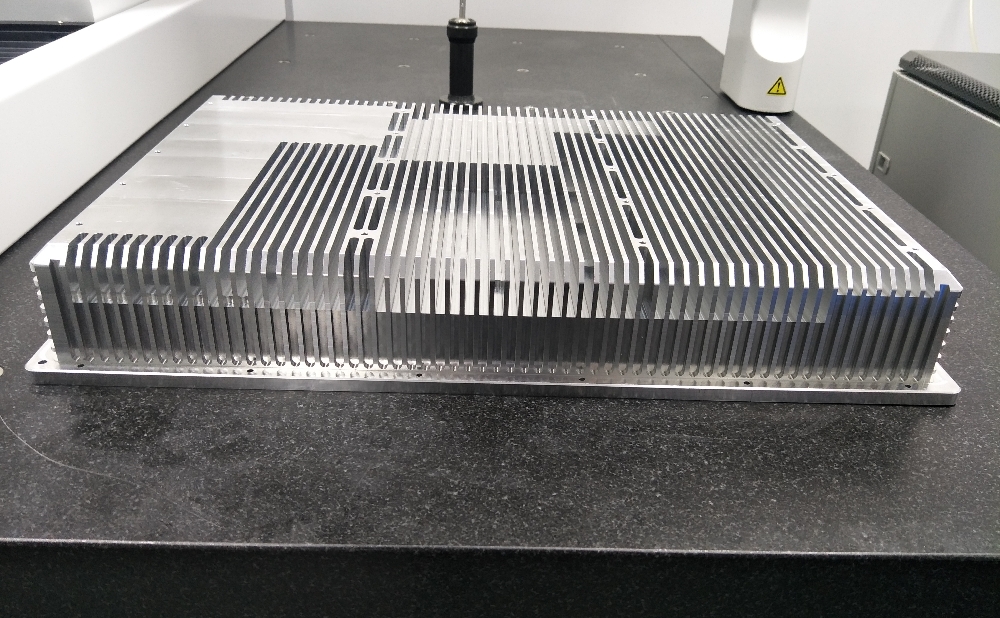
Finishes
There are many finishes that can be applied to aluminum, each with cosmetic and/or protective qualities suitable for different applications.
Smooth machining is the next step up from the as-machined finish. More care is taken to use sharp tools and finishing passes that produce a much smoother surface finish. This is also a more precise machining method often used for test parts. However, the process still leaves machine marks, so it is not usually used for final products.
Bead blasting produces a matte finish by spraying tiny glass beads at your aluminum part. This will remove most, but not all, machining marks and give it a smooth but grainy look.
Anodizing is a common finish that’s a protective oxide layer that naturally forms on the surface of aluminum when exposed to air.
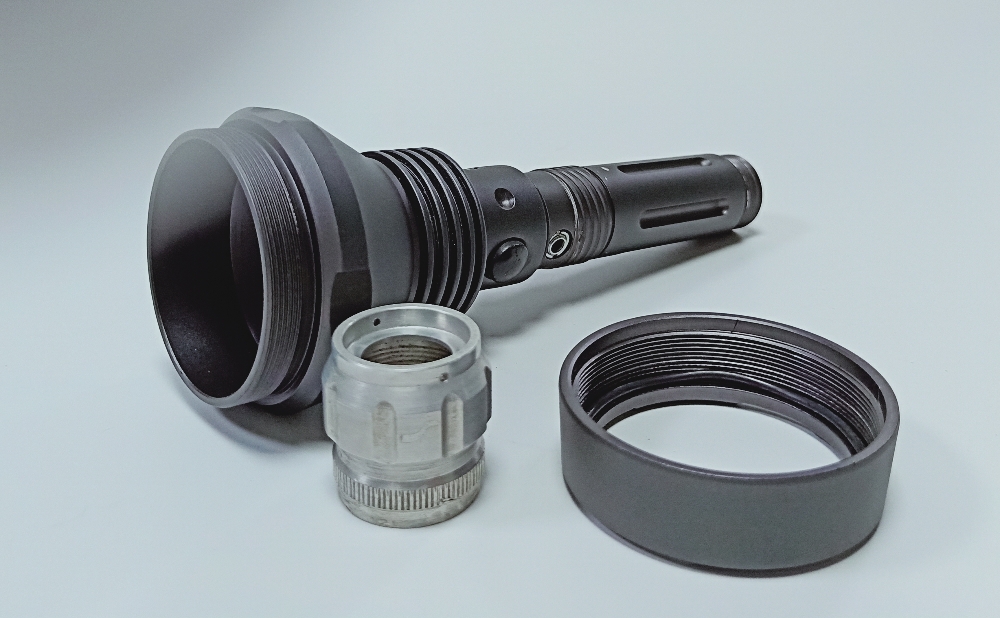
Typical Machined Aluminum Parts
Industry professionals employ aluminum in machining operations to produce a variety of parts and products. These components find application in a wide range of industries, including:
Automotive
Aerospace
Communications
Electrical and electronic products
Lighting
Medical
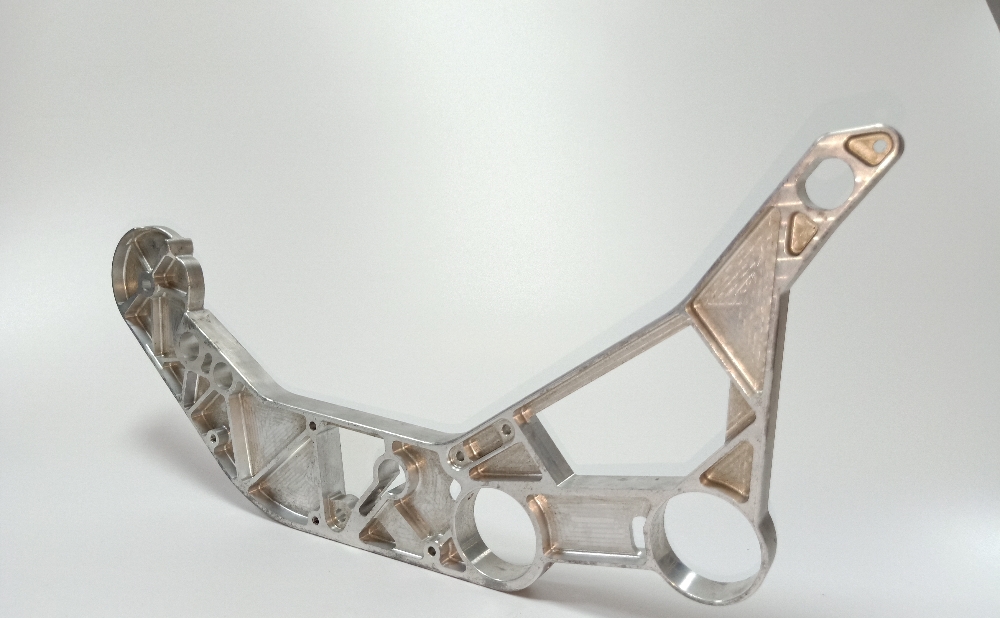
At Kesu Hardware, we specialize in the precision CNC machining of parts and products made from a variety of metals, plastics, and engineering-grade materials. To learn more about our aluminum machining capabilities, contact us or request a quote today.
Contact:
Email: Diana@kesugroup.com
WhatsApp: +86 156-2583-1454
Our engineer team are ready for your projects and provide feedback quickly.

